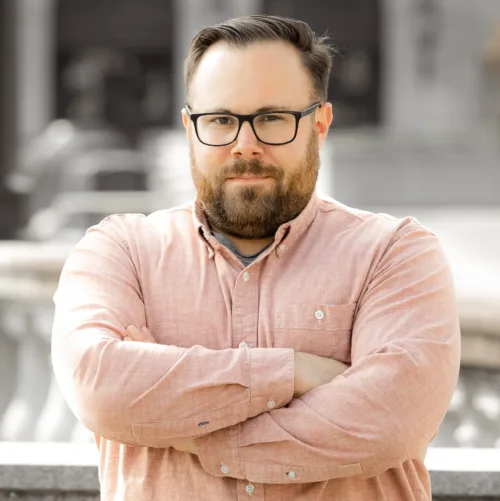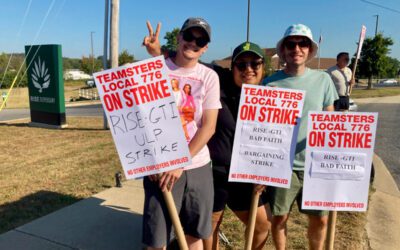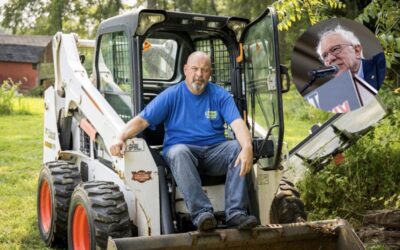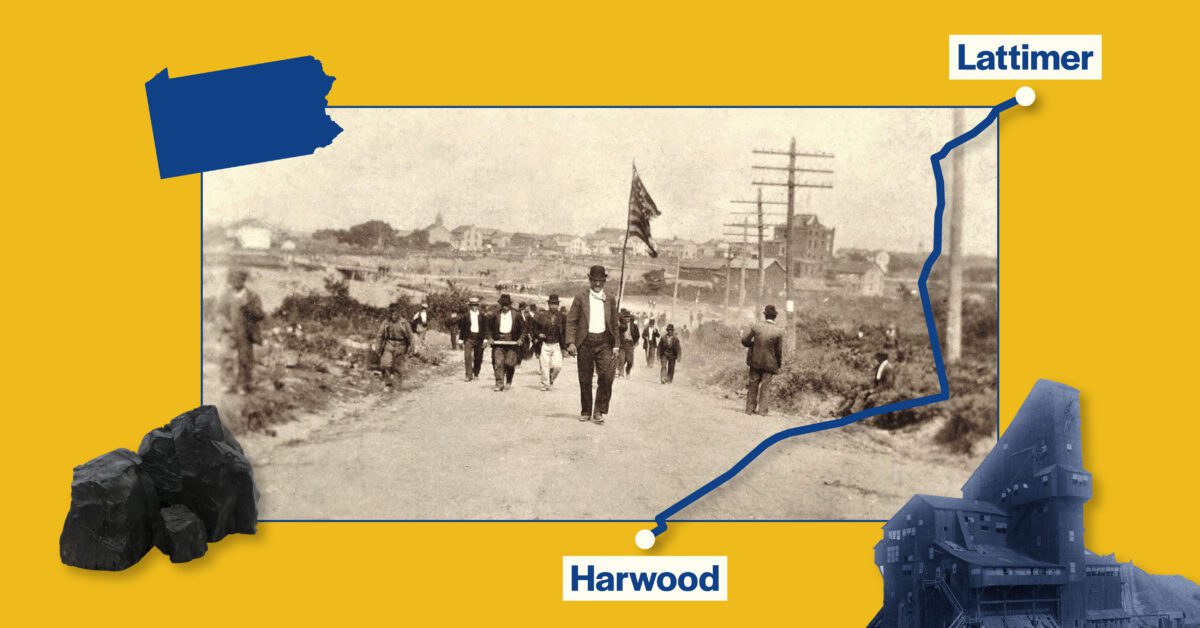
The only surviving photo from the day of the Lattimer Massacre was taken by Charles Burg, a national guardsman stationed in Northeastern Pennsylvania during the 1890s. (Photo: Wikicommons)
Nineteen striking coal miners were shot and killed for organizing over a century ago.
This Wednesday marks the 128th anniversary of the Lattimer Massacre wherein 19 striking coal miners—mostly Eastern European immigrants—were shot and killed by a Luzerne County sheriff and his posse of 100 men.
Unknown to many, it was the deadliest attack against workers in the country’s history. The anti-immigrant rhetoric that led up to the massacre is particularly relevant today, especially with President Donald Trump’s increasing attacks against immigrant workers, according to Paul Shackel, an anthropology professor at the University of Maryland.
“There are a lot of parallels between what happened in the 1880s and 1890s, where there was a lot of anti-immigration laws being passed, and we see the same fervor today where the Trump administration is very much about making it difficult for the new immigrants to come to this country to thrive and participate in a new and developing economy,” he said in an interview.
The day of the massacre
Close to 250 striking coal miners, mostly immigrants, gathered in Harwood on Sept. 10, 1897, and marched through Hazelton with hundreds more joining as they tried to shut down a Lattimer coal mine owned by the Pardee Brothers Company.
Around 3:30 p.m., they met Luzerne County Sheriff James Martin and a posse of 100 men he recruited to break the striking workers.
According to local newspapers, the posse fired shots into the crowd after Martin tried stopping the march from shutting the coal mine.
“ The striking men were unarmed. They were told by the union to be unarmed and to be peaceful,” Shackel said. “[The coal miners were] holding an American flag, and they start being shot at by the sheriff and his posse as they’re running away. [The sheriff’s posse] continues to shoot.”
Nineteen coal miners were confirmed killed, while reports suggest it was as high as 25. An estimated 35 to 49 others injured.
According to The Columbian, a Bloomsburg-based newspaper, Martin Roski, a Hungarian immigrant and striking miner, was shot in the arm and shared his version of events from that fateful day.
“We were going along the road to Lattimer and the deputies were lined across the road, barring our progress,” Roski said. “We tried to go through them and did not attempt to hit or molest them when they fired upon us. We ran but they kept on shooting on us while we ran. It is all their fault.”
The Freeland Tribune, a local newspaper from the immediate area, described the posse as “bands of armed thugs,” that were “under the personal discretion of Sheriff Martin” and “consisted of seventy unprincipled and cowardly assassins who had been sworn in as deputies by that official.”
In the year following the massacre, Martin and his crew were exonerated for the deaths of the miners, and, according to Shackel, newspapers at the time framed Martin’s verdict according to their politics.
“ When you read the newspapers after this time, you could see a clear difference between pro-labor newspapers, pro capitalist newspapers,” Shackel said. ”Some of the newspapers backed the verdict saying that they were justified in killing the men. In the pro-union newspapers, saying that this was a slaughter, they were shot down like animals and there was a great injustice that occurred.”
The event ultimately served as a galvanizing event to unify English-speaking and foreign-speaking miners and played an important role in the formation of the United Mine Workers Association (UMWA).
Lattimer saw more casualties than the Ludlow Massacre, the Haymarket Affair, or the Homestead Strike, and it was left out of the history books and remained out of public consciousness until a memorial dedicated to the slain workers was put together 75 years later.
“ From that time on, the UMWA tried to memorialize the men at Lattimer, and it was at this time that the UMWA actually realized that the new foreign speakers, those from Eastern and Southern Europe, could be organized and they could be part of the union. That was a big changing point in the UMWA by accepting the new foreign workers into the organization, which was very instrumental in subsequent strikes in northeastern Pennsylvania, ” Shackel said.
Lattimer’s Legacy
In 1972, Gov. Milton Shapp and Cesar Chavez, co-founder of the United Farm Workers (UFW), spoke at a ceremony dedicating a memorial to the slain miners.
“In their 75th year – gather at the site where good men, peaceful union men seeking bread and justice were massacred in an unprecedented act of brutality, endowing all working men and women inheritance, generation,” Chavez’s notes at the time read.
Lattimer’s legacy remains mixed because it was a unifying event for the immigrant working communities around Pennsylvania and the country and played an important role in the formation of the UMWA in Northeastern Pennsylvania, but the nativism and attitude towards immigrant laborers persist more than 100 years later.
Former Hazelton Mayor Lou Barletta has championed the attacks on immigrants. She supported Trump’s nationalist rhetoric in his time as mayor. His prejudice nearly bankrupted the city.
”We’re seeing those same battles or the same issues 125 years later,” Shackel said. “What’s amazing to me working in Northeastern Pennsylvania is that a lot of people who are creating these anti-immigration laws are descendants of people who came here as new immigrants several generations ago.”
Much like Martin did 1897, Trump and Republicans are taking an approach to violence against immigrant workers.
Shackel added “today, it’s the MAGA movement where the traditional population is very much campaigning against the new immigrant, but it’s the new immigrant who’s actually revitalized a lot of the communities in northeastern Pennsylvania.”
As the miners proved, however, unified workers—immigrants and naturalized coming together—made the community better and built a labor foundation on which we stand today.
“They’re the ones who are opening stores, opening restaurants,” Shackel said. “When I first came to Hazelton right after 2006, most of downtown was boarded up. You go to Hazelton today, it seems like a thriving community. There are stores, there are people on the streets, there’s traffic.”
Support Our Cause
Thank you for taking the time to read our work. Before you go, we hope you'll consider supporting our values-driven journalism, which has always strived to make clear what's really at stake for Pennsylvanians and our future.
Since day one, our goal here at The Keystone has always been to empower people across the commonwealth with fact-based news and information. We believe that when people are armed with knowledge about what's happening in their local, state, and federal governments—including who is working on their behalf and who is actively trying to block efforts aimed at improving the daily lives of Pennsylvania families—they will be inspired to become civically engaged.

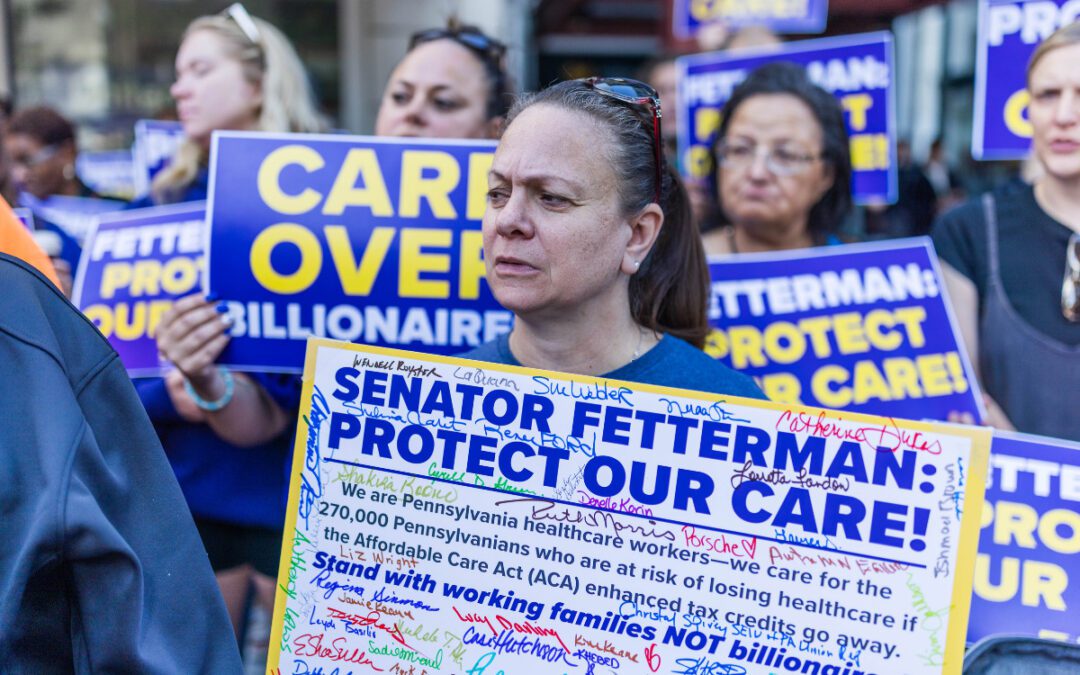
These home care workers fought for Fetterman. Now they want him to fight for them
Home care workers faced with exploding health care costs if ACA tax credits aren’t extended are demanding help from US Sen. John Fetterman. Dozens...

Rep. Rob Bresnahan claims Medicaid will grow by $200 billion after voting for cuts
GOP US Rep. Rob Bresnahan recently stated that Medicaid will cost more despite voting to cut it by $1 trillion. As US Rep. Rob Bresnahan...
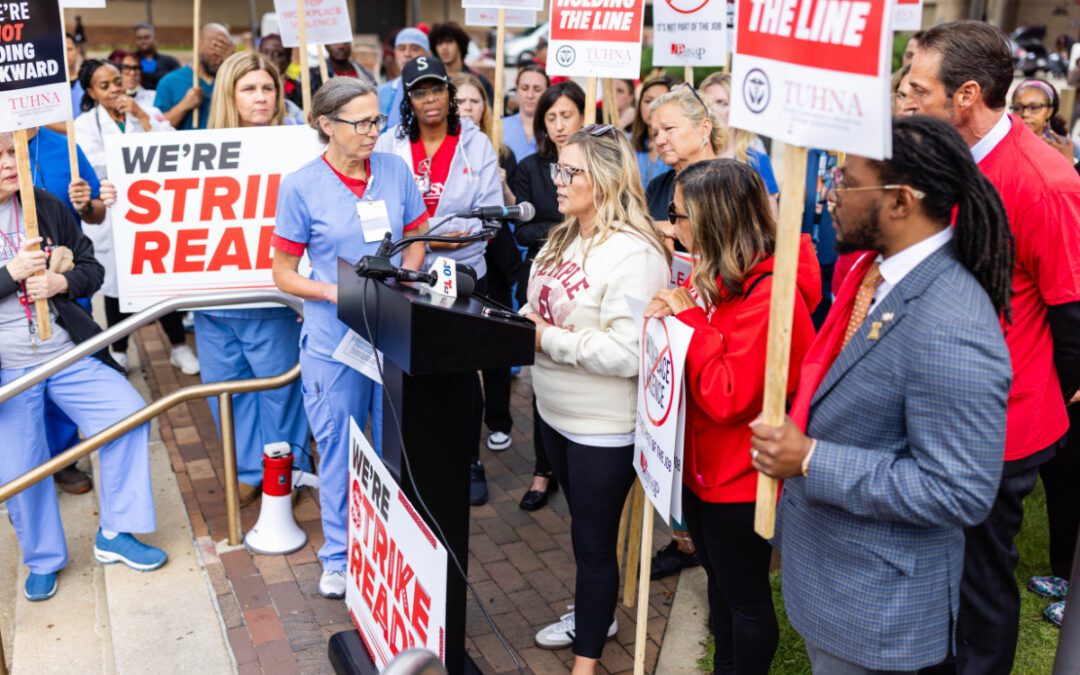
Workplace violence has Philly nurses and caregivers preparing to strike
Two-thirds of Temple University Hospital nurses and caregivers have experienced workplace violence. Now, they’re getting ready for a possible...
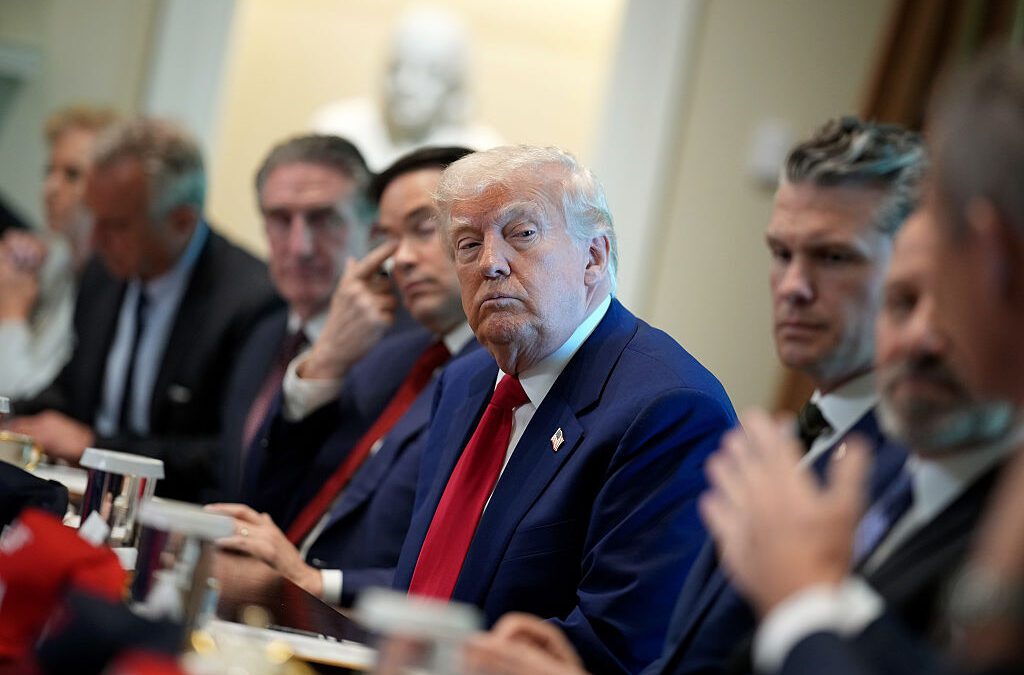
Trump tariffs force Pennsylvania parents to pay more for school supplies
New report shows increase in back-to-school spending for parents living in these three vulnerable Republican congressional districts. Parents across...
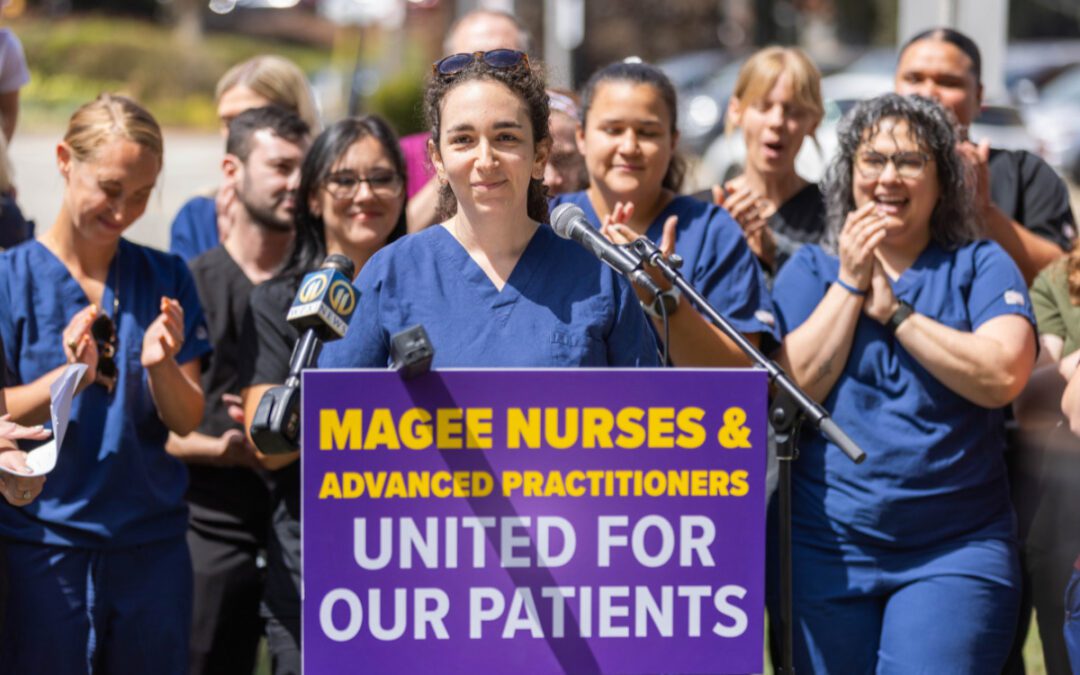
UPMC Magee nurse practitioners look to join colleagues in upcoming union vote
Dozens of advanced nurse practitioners at UPMC Magee-Womens Hospital will start voting on Saturday. A second union election at the University of...

